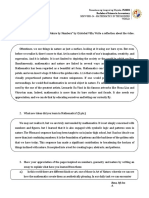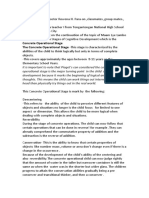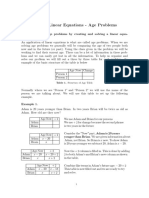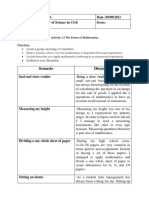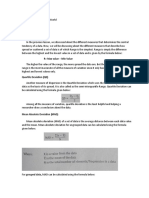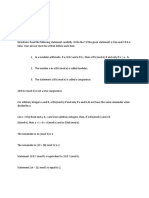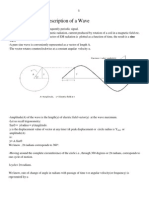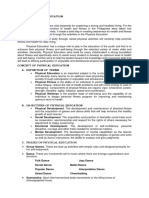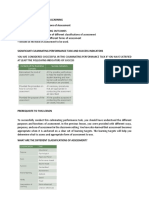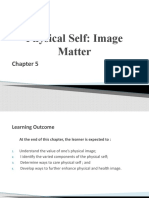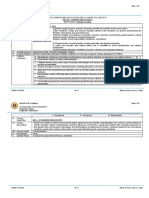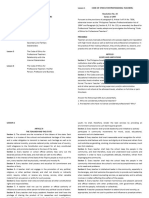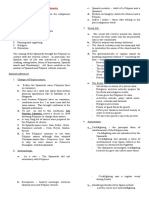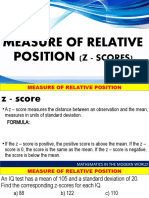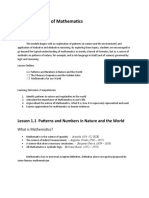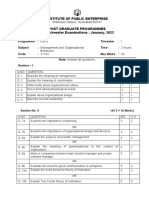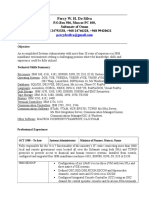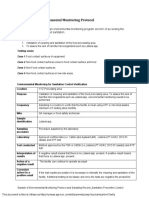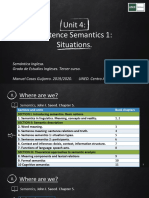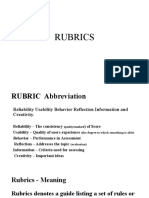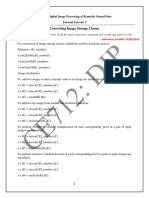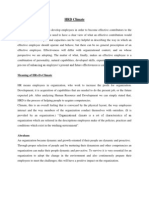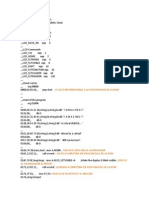0% found this document useful (0 votes)
313 views5 pagesDon Mariano Memorial State University Mid La Union Campus College of Education Bachelor of Elementary Education Department
The document is a lesson plan from Monica Yuzon for her 1st year Bachelor of Elementary Education students. It contains 5 math problems involving patterns, sequences, exponential growth models and calculating population sizes from a given equation.
Uploaded by
Wonder RonCopyright
© © All Rights Reserved
We take content rights seriously. If you suspect this is your content, claim it here.
Available Formats
Download as DOCX, PDF, TXT or read online on Scribd
0% found this document useful (0 votes)
313 views5 pagesDon Mariano Memorial State University Mid La Union Campus College of Education Bachelor of Elementary Education Department
The document is a lesson plan from Monica Yuzon for her 1st year Bachelor of Elementary Education students. It contains 5 math problems involving patterns, sequences, exponential growth models and calculating population sizes from a given equation.
Uploaded by
Wonder RonCopyright
© © All Rights Reserved
We take content rights seriously. If you suspect this is your content, claim it here.
Available Formats
Download as DOCX, PDF, TXT or read online on Scribd
/ 5
